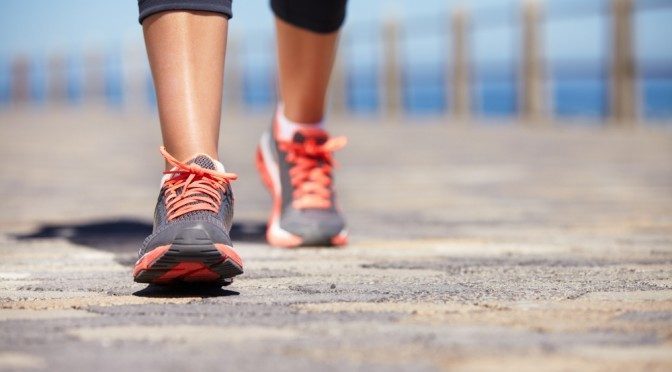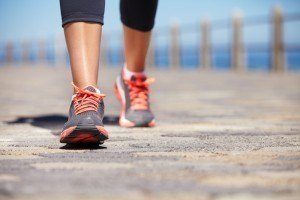 Does exercise like running cause leg varicose or spider veins to form?
Does exercise like running cause leg varicose or spider veins to form?
One question that vein specialists and vein centers are always asked is about varicose veins and exercise. According to Dr. Lee G. Schulman M.D. of the Schulman Vein And Laser Center in Long Island and NYC, “ the question is often asked, but the answer is not really that straight forward”.
The development of either enlarged, ropey varicose or smaller red spider veins in the legs is due to many factors. Among them are genetics, body weight, pregnancy, history of blood clots and venous insufficiency (a condition wherein blood is not returning upward from the legs to the heart as efficiently as it should). As for exercise, as Dr. Schulman points out- it’s complicated.
Often patients with large leg veins feel better when they walk or otherwise move their legs as opposed to having the legs remain stationary. Prolonged sitting can lead to increased swelling (edema) and pooling of blood in the legs. This is because for blood in one’s ankle to make it all the way up to the heart it has to overcome at least four obstacles.
- It has to travel uphill against gravity
- It has to travel about four feet or more in most adults
- It has to overcome the bodies weight
- It has no ‘heart’ to pump it upward
Dr. Martin L. Schulman M.D. likes to point out, “with exercise you are using both legs equal amounts but some patients have many varicosities or spider veins on one leg and not the other, yet both legs were ‘used’ the same amount”. While exercise is a great ‘pump for the leg muscles’ to push blood northward it’s really not all that much different than walking. The muscle activity is very similar but the rate of ‘compressions per minute’ is much faster.
As a very rough example, imagine that with regular leisurely walking a person’s right calf and thigh muscles contract 15 times in one minute. Now imagine that this same person is running at a rapid pace and thus contracting these same muscles 30 times a minute. This is obviously twice the number of compressions but is it effecting the possible formation of leg veins”? This helps promote the return of venous blood in the leg veins upwards but it’s not known if it helps promote the formation of either varicose and or spider veins, and again as Dr. Schulman points out, not every pair of legs is exactly symmetrical.


 Does exercise like running cause leg varicose or spider veins to form?
Does exercise like running cause leg varicose or spider veins to form?